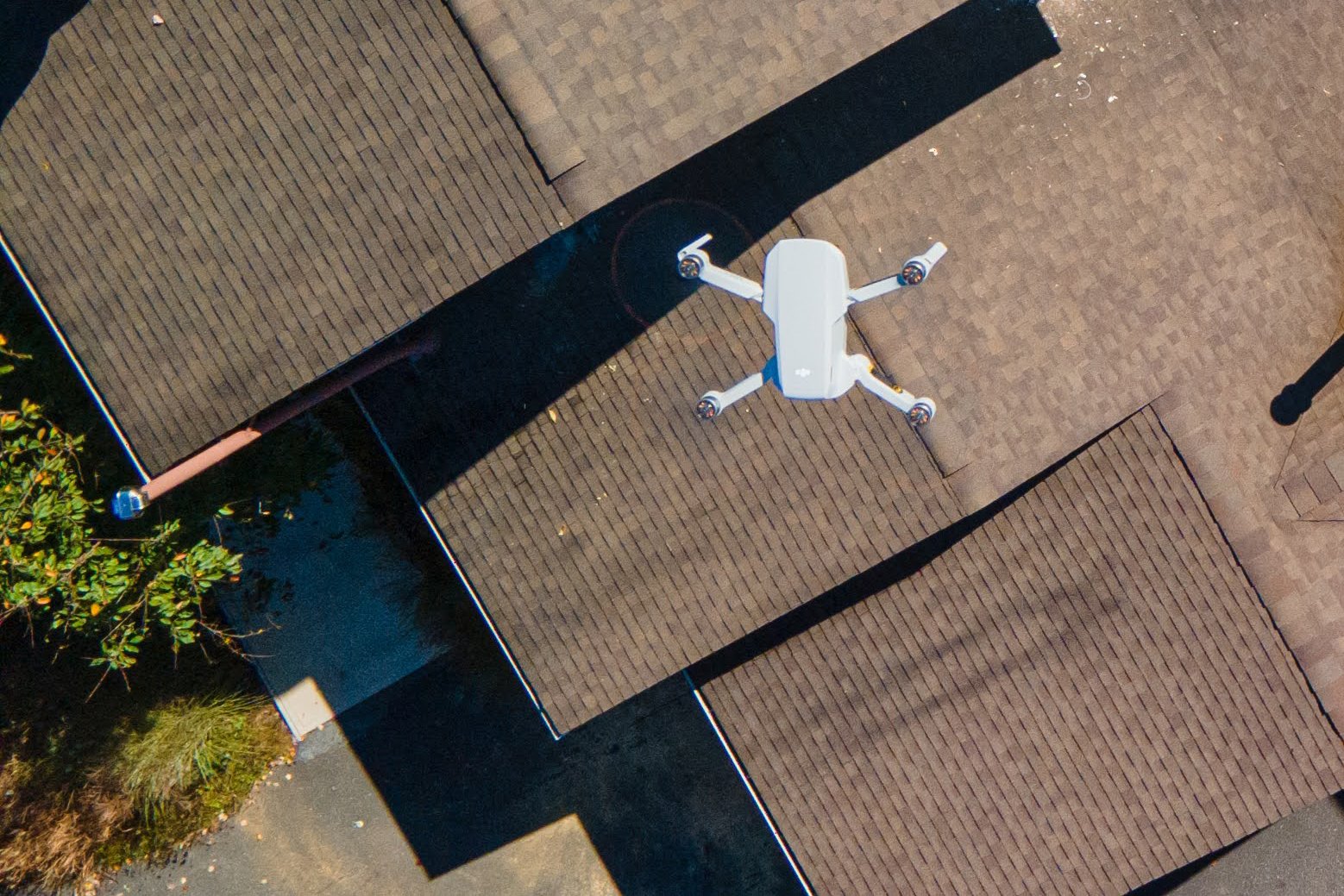When surveyors and designers don’t talk, everyone suffers.
Not only is the whole team more prone to mistakes, but the company operates far less efficiently and project margins are compressed. Ultimately, the end users (e.g. homeowners) suffer.
The solution is thankfully straightforward: surveyors and designers need to collaborate more, something Darrell Handley knows a lot about through his role as the Director of Business Development at Rooftop Power Co.
Speaking with Scanifly, Darrell shared why collaboration is so critical and offered three ways solar contractors can make collaboration easier between surveyors and designers.
What collaboration is and why it matters
Collaboration is about the speed and quality of information flowing throughout the solar installation process.
For Darrell, this isn’t just for surveyors and designers, but goes through the whole team involved in a solar project: sales → survey → design → planners → installers.
However, getting collaboration right between surveyors and designers is critical because these steps inform how well the project will go.
“The information a surveyor gets is the foundation of the project,” said Darrell. “Everything they get while on site can determine how the rest of the project goes.”
Three ways to make collaboration easier
When Darrell started at Rooftop Power, there were already some good processes in place. His job became keeping the parts that worked well and improving things where he could. Looking back, he identified three key elements that help speed up the flow of information while keeping the required level of quality.
1. Set the right expectations
To build a strong foundation for collaboration, Darrell noted several important things:
-
Make sure everyone knows what their individual job is, for example how a surveyor might be involved in the sales process, if at all.
-
Make sure everyone knows how their job fits into the overall workflow, for example who is responsible for communicating customer needs.
-
Set the expectation that problems should lead to iteration on the process to make the workflow more efficient, not blaming any person.
“It starts from a company standpoint,” said Darrell. “You have to set the right expectations for everyone.”
2. Lean on technology
Even if everyone knows their role and how it fits into the workflow, there’s still room for human error. Unfortunately, human error from surveys is also one of the biggest causes of redesigns and call-offs.
A good collaborative environment is focused on reducing errors and making the process as efficient as possible. Darrell said he leans on different tools throughout the process, including:
-
Sales: Using satellite imagery for preliminary designs.
-
Surveys: Drones (with Scanifly) to capture accurate measurements and site context.
-
Design: Using autoCAD for accurate designs that inform purchase orders and installation plans.
Darrell added that drones are a unique technology because they not only avoid human error but also have significant financial benefits: including no longer needing roof insurance for surveyors, saving money from needing truck rolls to confirm measurements, and increasing surveyor capacity to keep up with growing demand.

3. Focus on culture
A final thing that’s important for collaboration is a good culture.
At Rooftop Solar, Darrell said he works hard to ensure the team has shared values and goals, both for individuals in their roles and for the collective team. This includes:
-
Reinforcing cultural norms like using feedback to improve the work process.
-
High quality training so everyone comes in on the same page.
-
Explicitly stating that collaboration is a shared value for the organization and part of everyone’s role.
Foundational culture elements like this make it possible to work together. When organizations have strong cultural norms like welcoming feedback amongst colleagues, internal communication and accountability become core to the business.
Remember what you’re working toward
The potential of solar is that it’s both an economic win and an environmental win. But the key to making solar companies successful is creating a healthy working environment where people can collaborate to get jobs done well.
“You have to remember what you’re working towards – happy customers,” said Darrell. “And that means expectations and culture need to be prioritized from the beginning so the team can work well together.”






